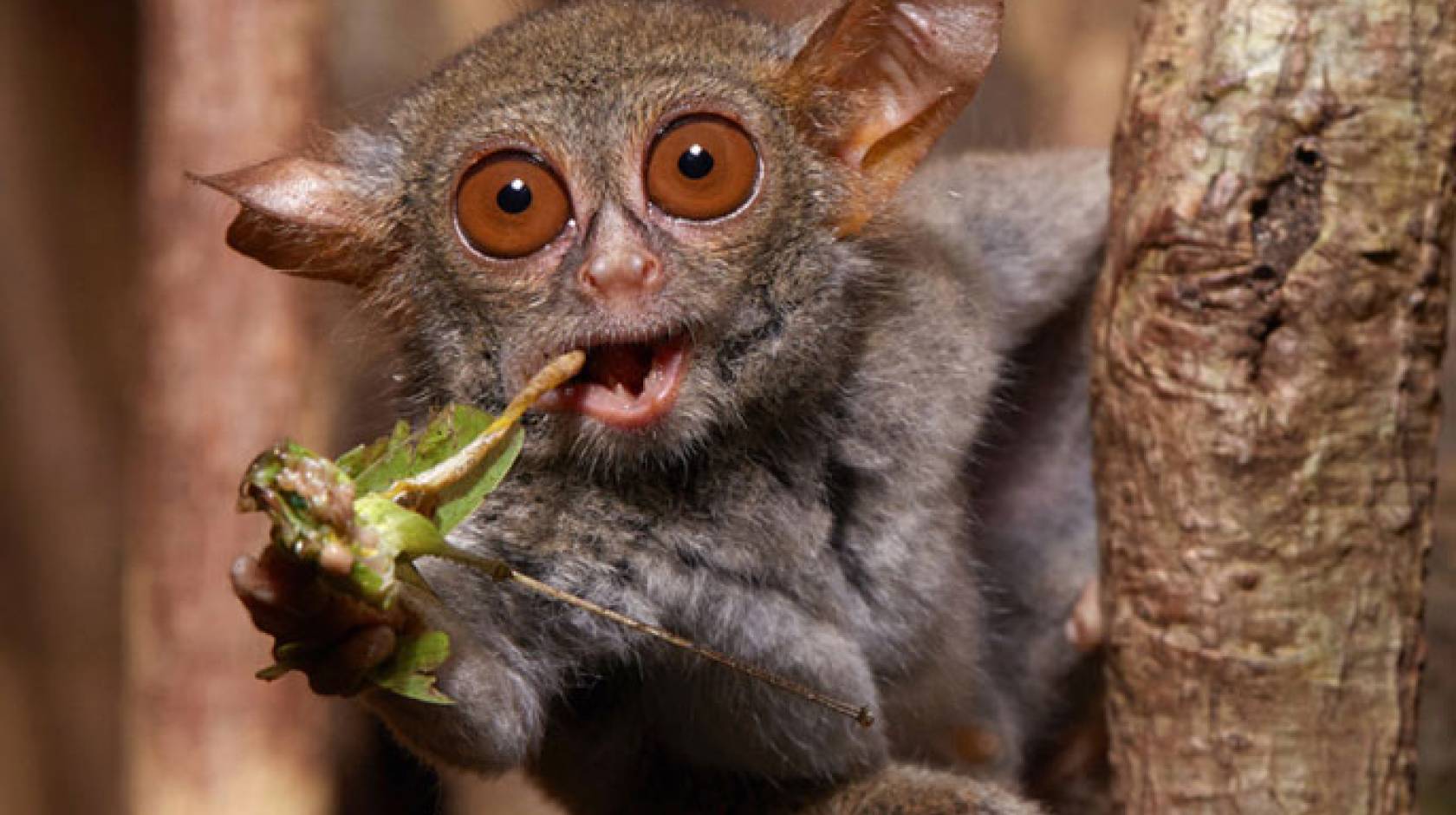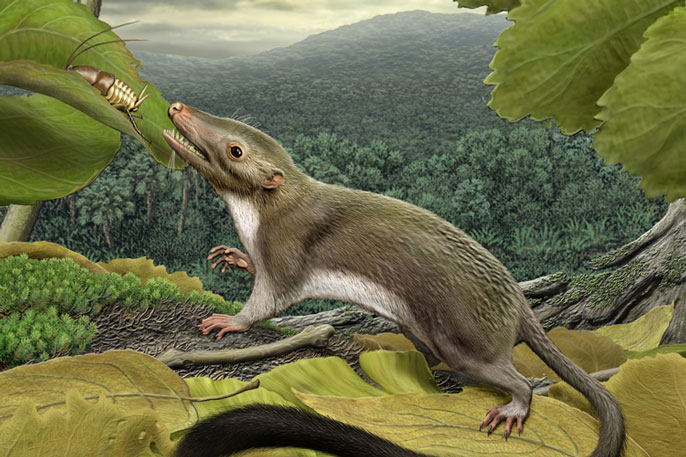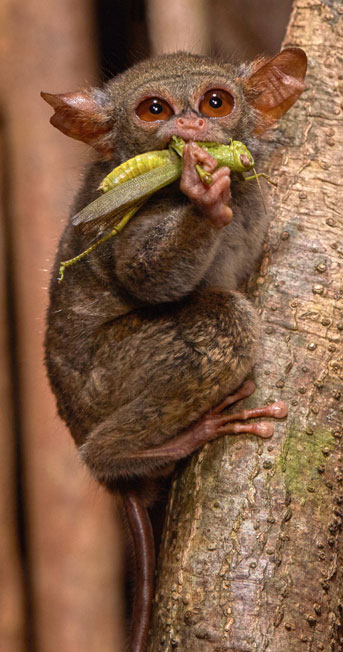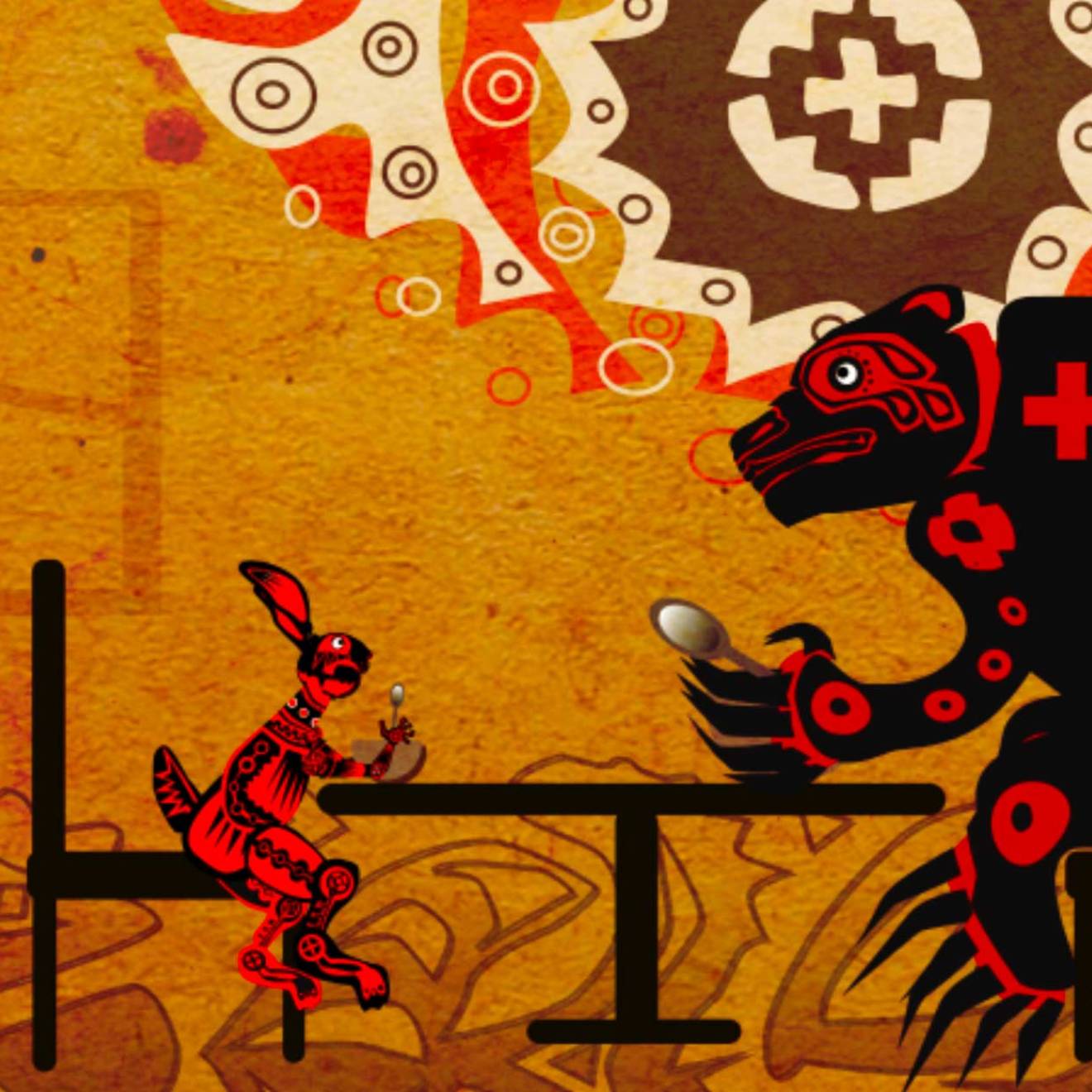Robert Sanders, UC Berkeley

People who advocate adding insects to the human diet may be channeling their distant ancestors.
Based on an analysis of the genomes of 107 different species of mammals, University of California, Berkeley, scientists conclude that our distant ancestors — the small, furry creatures that scurried around the feet of the dinosaurs 66 million years ago — were mostly insect eaters.
The scientists inferred this because the genes for the enzymes that allowed these early ancestors of all mammals to digest insects are still hanging around in nearly all mammal genomes today. Even animals like tigers and seals that would never touch an insect have non-functional pieces of these genes sitting in their chromosomes, betraying their ancient ancestors’ diet.
“One of the coolest things is, if you look at humans, at Fido your dog, Whiskers your cat, your horse, your cow; pick any animal, generally speaking, they have remnants in their genomes of a time when mammals were small, probably insectivorous and running around when dinosaurs were still roaming Earth,” said postdoctoral fellow Christopher Emerling. “It is a signature in your genome that says, once upon a time you were not the dominant group of organisms on Earth. By looking at our genomes, we are looking at this ancestral past and a lifestyle that we don’t even live with anymore.”
The genetic evidence independently corroborates the conclusions paleontologists reached years ago based on the shapes of fossils and teeth from early mammals.
“In essence, we are looking at genomes and they are telling the same story as the fossils: that we think these animals were insectivorous and then dinosaurs went extinct. After the demise of these large carnivorous and herbivorous reptiles, mammals started changing their diets,” he said.
The finding could shed light on other roles played by these enzymes, called chitinases, which are found not only in the gut but the salivary glands, the pancreas and the lungs, where they may be involved in asthma.
Emerling and colleagues Michael Nachman, a professor of integrative biology and director of the UC Berkeley Museum of Vertebrate Zoology, and Frédéric Delsuc of the French National Center for Scientific Research (CNRS) and Université de Montpellier in France, will report their findings May 16 online in the journal Science Advances. Emerling currently is a PRESTIGE & Marie Curie postdoctoral fellow in Montpellier working on the ConvergeAnt project.
Breaking down insects’ exoskeletons

Courtesy of Carl Buell
Many bacteria have genes that produce an enzyme that breaks down insects’ hard, outer shells, which are composed of a tough carbohydrate called chitin. It’s not surprising that humans and mice have a chitinase gene, since many humans today include insects in their diets, as do mice.
But humans actually have remnants of three other chitinase genes in their genome, though none of them are functional. Emerling showed that these gene remnants in humans aren’t unique to humans or primates, but instead can be traced to the ancestral placental mammals.
In all, he and his colleagues found five different chitinase enzyme genes by looking through the genomes of the largest group of mammals, those that have placentas that allow longer development in the womb, which excludes marsupials like opossums and egg-laying monotremes like the platypus. These placental mammals ranged from shrews and mice to elephants and whales.
They found that the greater the percentage of insects in an animal’s diet, the more genes for chitinase it has.
“The only species that have five chitinases today are highly insectivorous, that is, 80 to 100 percent of their diet consists of insects. Since the earliest placental mammals likely had five chitinases, we think that this makes for a strong argument that they were highly insectivorous,” Emerling said.
As you would expect, ant and termite specialists such as aardvarks and certain armadillos have five functioning chitinase genes. But so do the insect-loving primates called tarsiers. They appear to be the only primates that have so many functional chitinase genes, Emerling said.
Dominated by dinosaurs

Copyright Quentin Martinez
The story told by these chitinase genes is one of early mammals hunkering down eating insects while the big guys, the huge herbivorous dinosaurs like the brontosaurus and the big meat-eaters like T. rex gobbled up the most abundant food resources. Only 66 million years ago at the end of the Cretaceous Period, when all non-bird dinosaurs died out, were mammals able to expand into other niches, which they quickly did. The first carnivorous and herbivorous mammals, as indicated by their teeth, arose within 10 million years of the dinosaurs’ demise.
Emerling, who compares genomes to see how mammals and humans evolved, was interested in what mammal genomes could tell us about that transition from insectivory to herbivory and carnivory since the last mass extinction.
He focuses primarily on weird animals that eat insects, including anteaters and armadillos, the unrelated aardvark and the distantly related pangolin. In exploring how these animals are able to digest insects, he decided to look at chitinases, whose roles in mammals are still poorly understood. It’s not known, for example, whether the enzymes allow animals to break down chitin into its component sugars and use them for energy, or if chitinases’ sole function is to break up the exoskeleton to allow access to the soft interiors of insects.
Using databases of animal genomes, plus newly sequenced genomes of armadillos and a lesser anteater (tamandua) obtained by colleagues at the Broad Institute at MIT and Harvard, he searched for genes similar to the known chitinase gene and dredged up four new varieties.
Based on what is known about chitinase genes in bacteria and other animals, he was able to deduce which genes are functional and which are not, and draw conclusions about the tissues in which the genes are expressed and the enzyme active.
Among the surprises was that the insect-eating-specialist pangolin has only one functional chitinase gene, in contrast to the five in the aardvark and four in the lesser anteater. All eat ants and termites exclusively, but pangolins may have possibly evolved from carnivores that lost their chitinase genes shortly after taking over the ecological niche opened up when meat-eating dinosaurs died out.
Bison, gibbons and the dromedary camel have only one functional chitinase. Tigers, rhinos and polar bears have none.
Emerling has many other questions he thinks chitinases can answer about mammal evolution and physiology.
“This is suggesting that there are a lot of these enzymes that might be helping organisms digest their food. This goes from being a simple curiosity — humans have a chitinase, how cool! — to being something that can help us understand how different animals are adapted to their specialized diets.”
The research was supported by the National Science Foundation, France-Berkeley Fund, PRESTIGE Programme and European Research Council.

